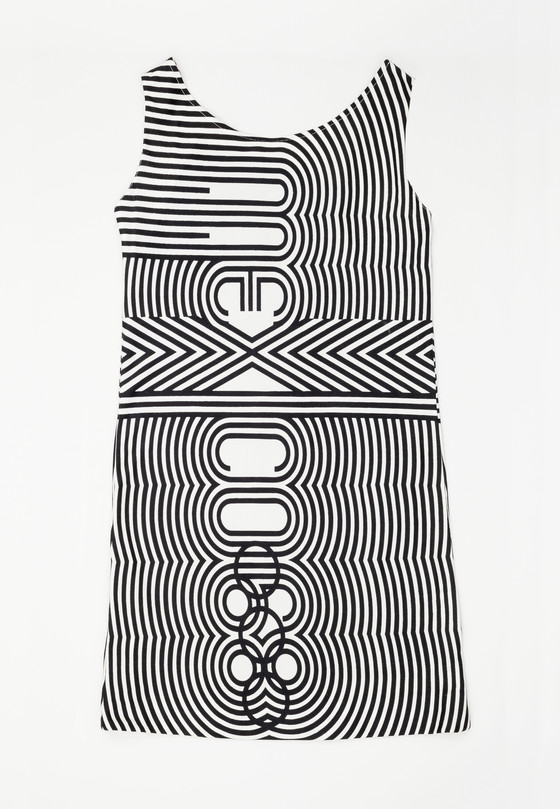Woman's Ensemble (Dress and Cape)
Please log in to add this item to your gallery.
View comments
No comments have been posted yet.
Add a comment
Please log in to add comments.
Please log in to add tags.
* Nearly 20,000 images of artworks the museum believes to be in the public domain are available to download on this site.
Other images may be protected by copyright and other intellectual property rights.
By using any of these images you agree to LACMA's Terms of Use.
Woman's Ensemble (Dress and Cape)
Costumes
Dress: polyester knit; Cape: polyester/wool knit
Center back length (Dress): 32 in. (81.28 cm)
Center back length (Cape): 24 in. (60.96 cm)
Purchased with funds provided by the Bernard and Edith Lewin Collection of Mexican Art Deaccession Fund (M.2014.72a-b)
Not currently on public view

